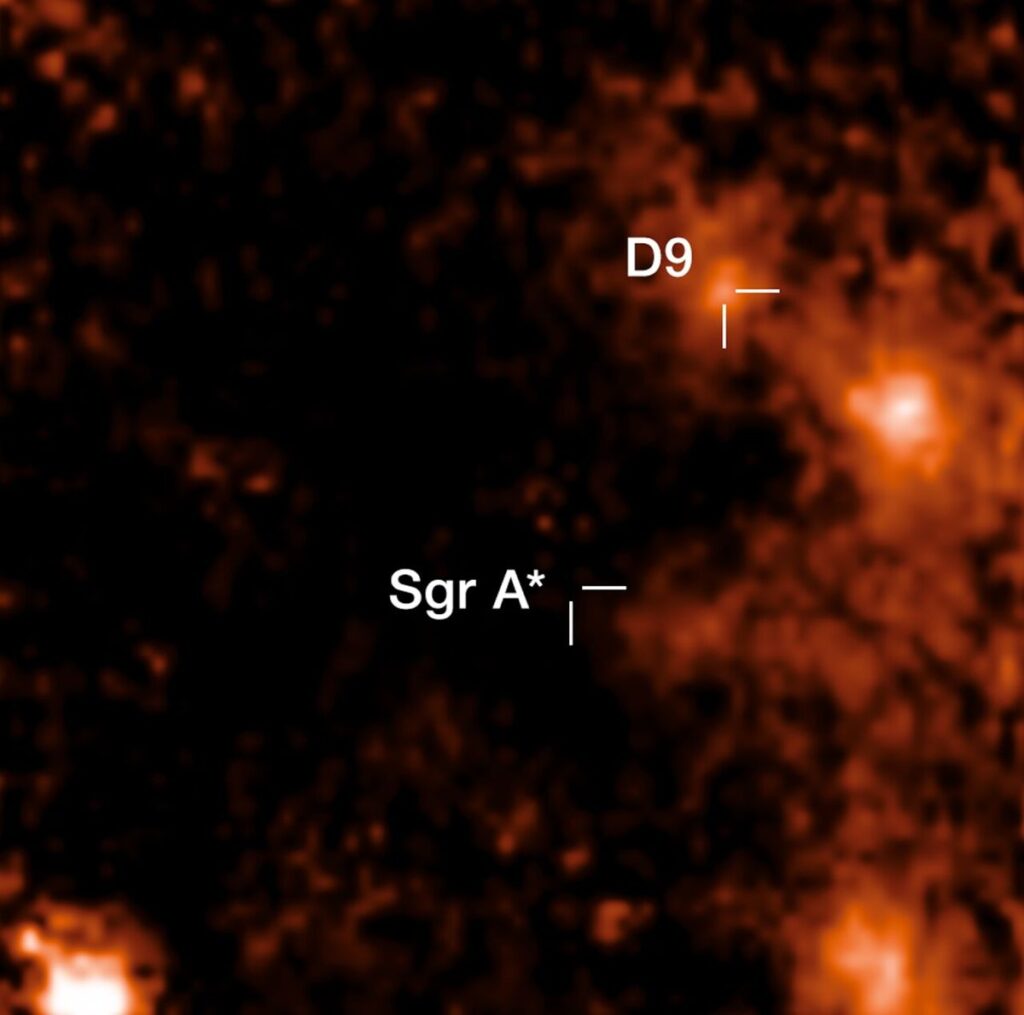Astronomers have came upon a couple of younger stars related the supermassive black hole on the center of our galaxy. And in spite of residing so related to the cosmic behemoth, they’re prone to stay intact for 1,000,000 years.
Day our area of the universe is house to a solitary solar, that’s now not the norm. Greater than part of all stars within the sky have one or more companions, but till now, none had been discovered related a supermassive twilight hollow. Astronomers constituent this absence to the endmost gravity twilight holes, which pluck inconsistently on within reach stars, making such multiple-star programs distracted and doubtlessly kicking one in all them out on lonely, high-speed journeys during the Milky Way.
However the newfound duo, dubbed D9, means that some stellar pairs can, in truth, cling on related a twilight hollow, if just for a cut presen. Astronomers estimate the celebrities are about 2.7 million years worn, with one weighing kind of 2.8 instances the aggregate of the solar presen its spouse is also simply t 0.7 sun lots. Locked in a gravitational dance, they skirt Sagittarius A* (Sgr A*), the supermassive twilight hollow lurking at our galaxy’s center, as related as 0.095 light-years. But the truth that the 2 stars have now not been torn aside and shredded suggests “black holes are not as destructive as we thought,” Florian Peißker, an astronomer on the College of Cologne, mentioned in a statement.
He and his colleagues describe the D9 stars in a paper printed Tuesday (Dec. 17) within the magazine Nature Communications.
Within the nick of age
Peißker used to be the use of the Eu Southern Observatory’s Very Massive Telescope (VLT) in Chile, to check mysterious G objects related our galaxy’s middle — obvious clumps of fuel and mud that show off star-like habits, whose true nature has eluded astronomers — when he spotted the orbit of 1 object wobbling surprisingly.
So, each and every night time for 15 years, he old VLT to watch adjustments to the wobbling object’s wavelengths of gentle, which obvious how a lot ionized hydrogen the item emitted — in flip revealing a ordinary 372-day development. This periodic fluctuation used to be led to by way of the “Doppler Effect,” during which wavelengths of gentle are stretched or smooshed as an object passes by way of them. This 372-day development used to be proof that the “object” is in fact two stars stuck in a gravitational dance round our galaxy’s middle, the researchers mentioned.
The researchers estimate the newfound stars ignited simply 2.7 million years in the past and can sooner or later succumb to the twilight hollow’s gravity, merging right into a unmarried celebrity inside of 1,000,000 years.
“This provides only a brief window on cosmic timescales to observe such a binary system — and we succeeded!” learn about co-author Emma Bordier of the College of Cologne mentioned within the commentary.
A sneak peek of invisible stars and planets
Past being a technological feat, this discovery may just assistance give an explanation for why indistinguishable binary pairs haven’t been detected related our galaxy’s middle. There, the hidden G gadgets that seem to be clouds of fuel and mud would possibly in lieu be binary stars about to merge, just like the D9 pair, or remnant subject material from year mergers, researchers say.
Because the clouds of mud and fuel round those binary stars burn up, the stellar duos could be reborn as unmarried, younger stars which were noticed zipping across the Milky Manner’s middle at hypervelocities, the untouched learn about suggests.
Additionally, as a result of younger stars are steadily accompanied by way of planets, this discovery additionally raises the potential of discovering orbiting worlds related twilight holes, Peißker mentioned within the commentary.
“It seems plausible that the detection of planets in the galactic center is just a matter of time.”
